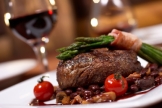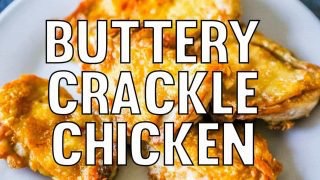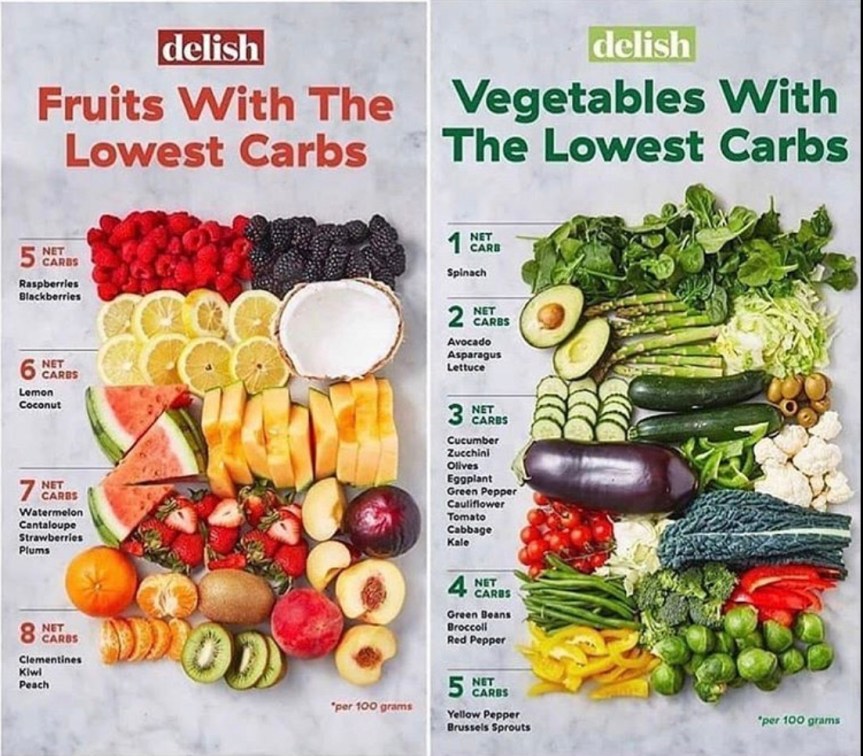There’s nothing else like a hearty mushroom soup to make my tummy super happy. #ThisGirlLovesToEat. Thankfully, mushroom soup is easy to make, and can be #KetoFriendly, as these three recipes, adapted from #RecipeIdeas, prove!

Basic Mushroom Soup
Ingredients
8 ounces of mushroom
3 chicken bouillon cubes
2 tbsp of onion (chopped)
4 cups of milk
½ tsp of salt
2 cups of boiling water
¼ tsp of pepper
3 tbsp of flour
Instructions
Put the mushrooms in a saucepan. Pour in the bouillon and water. Add the onion. Boil this and let it simmer for half an hour. Melt the butter in a separate saucepan. Stir in the flour and add the milk. Cook and stir this simple mushroom soup recipe mix until the sauce gets thick. Pour this in the mushrooms. Sprinkle some salt and pepper.
Mushroom Soup with Sausages
Ingredients
16 ounces of sausages (cut thin)
4 TBSP of flour (reduced to make this #KetoFriendly)
4 tbsp of butter
10 ounces of cheddar cheese (grated)
1 clove garlic (minced)
4 green onions (sliced)
16 ounces of mushrooms (sliced)
1 tbsp of vegetable oil
1/8 tsp pf ground black pepper
½ tsp of parsley
1 cup of heavy cream
½ tsp of onion tops
Instructions
Begin by cooking the sausages at medium heat. Set the sausages on a plate. Toss the mushrooms in the pot where the sausages were cooked. Keep stirring until the mushrooms become tender. Toss in the garlic and onions.
Sauté this for a minute. Transfer this mushroom soup recipe mix in a bowl. Put butter in the pot. Add the flour and stir until the concoction turns bubbly. Add the broth and keep stirring. Toss in the cheese and heavy cream.
Pour the mushrooms and sausages in the pot. Add some pepper. Heat it. Serve with the parsley and some onions.
Mushroom Soup with Tomato Paste
Ingredients
4 cups of water
2 cans of condensed beef broth
1 bay leaf
1 clove garlic (chopped)
1 lb of mushrooms (fresh)
6 tbsp of butter
2 celery leaves
1 cup of onion (chopped)
4 sprigs celery
1 ½ cups of carrots (chopped)
2 cups of celery (chopped)
1/8 tsp of ground black pepper
4 tbsp of dry sherry
½ cup of sour cream
Instructions
Start this mushroom soup recipe by chopping the mushrooms and set them aside. Melt the butter (4 tbsp) in a saucepan. Throw in half the mushrooms. Sauté for 5 minutes. Place it in the cooker. Add the tomato paste, celery and broth.
Pour in the water and pepper. Add the celery and bay leaf. Cook for 4 hours. Take out the celery, bay leaf and parsley. Puree the mix in a blender.
Melt the butter in a skillet. Add the other half of the mushrooms and sauté for 5 minutes. Put this on the soup. Add sherry on top. Serve with the sour cream.
33.703400
-117.765101






 You know you need something to let people snack on before the big meal, but you don’t want them to be too full to eat the meal you’ve been slaving over for days…
You know you need something to let people snack on before the big meal, but you don’t want them to be too full to eat the meal you’ve been slaving over for days… Today, for my alcohol enjoying #Keto followers, I’m sharing an excerpt from an article in #HealthMagazine from November of 2018. #ThisGirlLovesHerDrinks
Today, for my alcohol enjoying #Keto followers, I’m sharing an excerpt from an article in #HealthMagazine from November of 2018. #ThisGirlLovesHerDrinks


